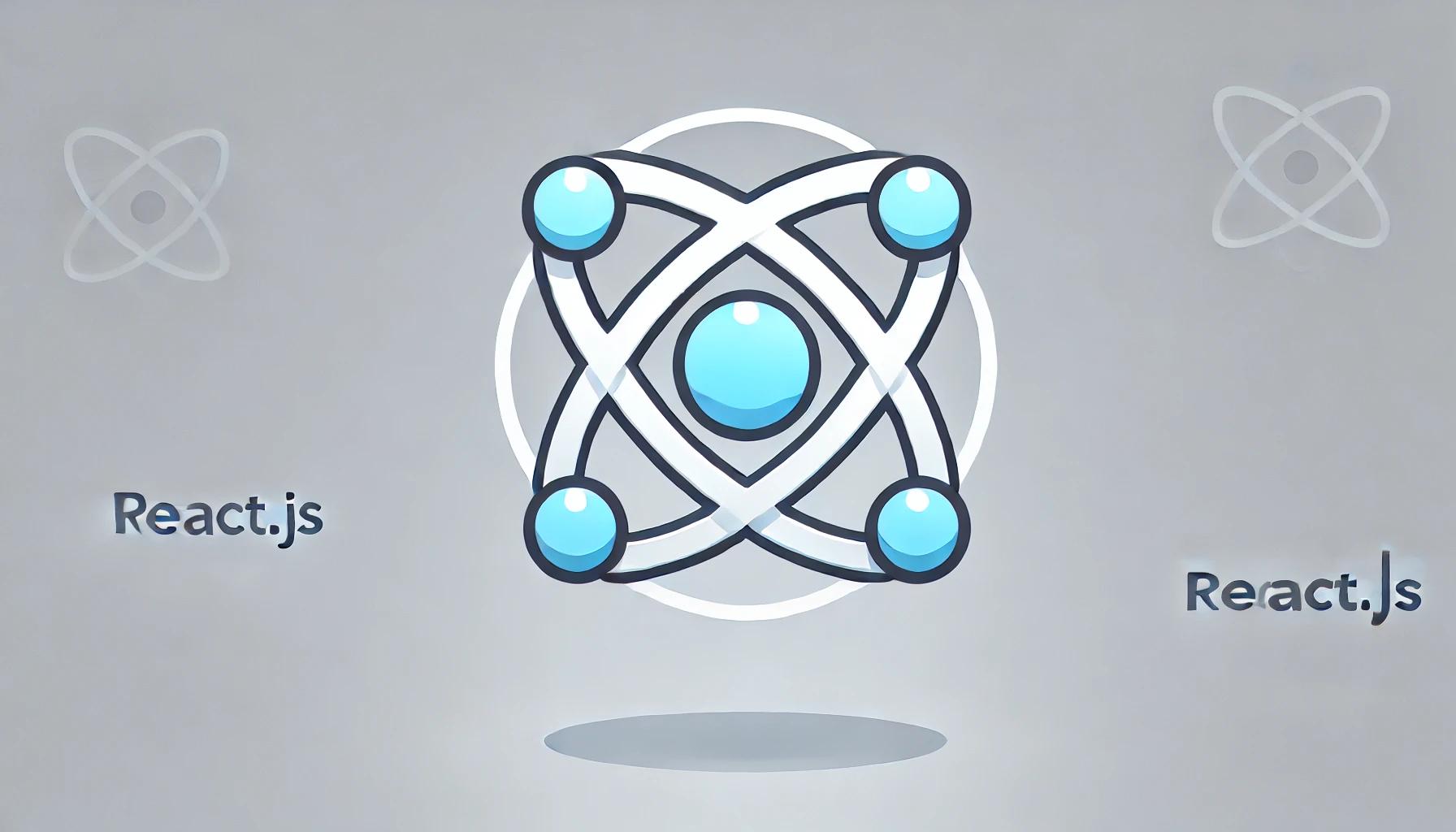The Must-Know popular JavaScript Frameworks of 2024: A Developer's Friendly article

Nov 30, 2024
Hey there, fellow developers! Let's talk about the most popular JavaScript frameworks in 2024. Whether you're just starting your coding journey or looking to expand your skill set, here's what you need to know about the top frameworks out there.
React: The Industry Powerhouse
Facebook's React continues to dominate the scene, and for good reason. It's like building with LEGO blocks – you create reusable components and piece them together to build amazing interfaces. While the Virtual DOM keeps things running smoothly, newcomers might need some time to wrap their heads around JSX and state management. But don't let that scare you off – the massive community support and more developers means you'll never be stuck without help.
Vue.js: The People's Champion
Think of Vue as the friendly neighborhood framework. It's incredibly welcoming to newcomers with its crystal-clear documentation and gentle learning curve. While it might not have as many tools as React or Angular, its flexibility means you can use it for pretty much anything, from tiny widgets to full-blown applications. The two-way data binding feels like magic – your UI updates automatically when your data changes!
Angular: The Enterprise Favorite
Google's Angular is like the Swiss Army knife of frameworks – it comes with everything built-in. It's particularly strong in TypeScript, which helps catch errors before they happen. The CLI is a real time-saver, automating many common tasks. Fair warning though: it's like learning to fly a commercial airplane – there's a lot to master, but it's worth it for large-scale applications.
Svelte: The New Kid on the Block
Svelte is revolutionizing the landscape with its innovative methodology. Rather than performing the majority of processing within the browser, it executes most tasks at the compilation stage. The outcome is remarkably swift applications that require minimal coding. Although its community is still expanding, developers are increasingly appreciating its simple state management and compact bundle sizes.
Next.js: React's Perfect Companion
Next.js enhances React by incorporating server-side rendering and static site generation capabilities. It can be likened to React with enhanced functionalities, offering improved SEO, more straightforward routing, and integrated API routes. A foundational understanding of React is necessary; however, once acquired, Next.js significantly simplifies the process of developing high-quality applications.
Nuxt.js: Vue's Secret Weapon
Nuxt.js does for Vue what Next.js does for React. It adds server-side rendering and static site generation capabilities, making your Vue applications more powerful and SEO-friendly. The modular architecture keeps things organized, though you might need to spend some time understanding its configuration options.
Gatsby: The Static Site Superstar
Gatsby turns React into a static site generation powerhouse. It's perfect for building blazing-fast websites and blogs. The GraphQL integration makes managing content a breeze, though you might notice those build times getting longer as your site grows. It's worth the wait though – the performance benefits are incredible.
Ember.js: The Convention Champion
Ember.js is like having a strict but helpful mentor. It has strong opinions about how things should be done, which can be great if you want clear guidance. The stability is rock-solid, and the CLI is fantastic. Just be prepared to learn things the "Ember way."
Meteor: The Full-Stack Solution
Meteor handles both front and back end, making it perfect for real-time applications. It's like having your cake and eating it too – you get a complete development platform in one package. While it might not be the best choice for massive applications, it's fantastic for getting projects up and running quickly.
Backbone.js: The Minimalist
Backbone.js keeps things simple. It's like a starter kit for building web applications – lightweight and flexible, but you might need to add more tools as your project grows. It's perfect if you want to understand the basics of front-end architecture without too much magic happening behind the scenes.
Final Thoughts
Choosing a framework is like picking a tool from a toolbox – there's no universally "best" choice. Consider your project's needs, your team's expertise, and where you want to take your career. Remember, the best framework is the one that helps you build what you need efficiently and enjoyably.
Whether you're drawn to React's component-based architecture, Vue's approachability, or Svelte's innovative approach, mastering any of these frameworks will open up exciting opportunities in 2024. Keep experimenting, stay curious, and most importantly, enjoy the journey!
Similar Articles
View all
Discover 100+ ChatGPT prompt ideas organized by category — from fun and creativity to career, marketing, education, wellness, travel, and coding. Perfect for inspiration, productivity, or content creation.
Unlock your creativity with a rich collection of ChatGPT prompt ideas! Whether you're writing, coding, learning, or just having fun, this guide offers fresh inspiration to help you make the most of AI conversations.

React State Management Tools: Comprehensive Comparison and Guide Which is better ?
A comparison of popular state management libraries including Redux, MobX, Recoil, Zustand, and Jotai. Learn about their pros, cons, and best use cases for choosing the right solution for your application.

Top cross-platform app development frameworks in 2024
Explore the top cross-platform mobile development frameworks in 2024. Learn about Flutter, React Native, Kotlin Multiplatform, and more to choose the best framework for your projects